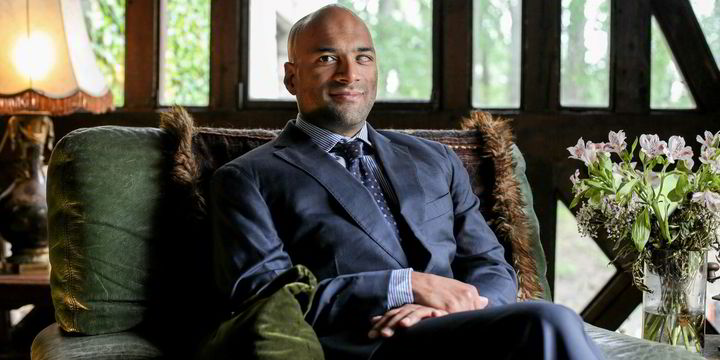[ad_1]
Spending time on the West Side of Chicago with my grandparents was an introduction to Mexican culture. They lived very close to 26th Street, which is part of Little Village. It was a regular thing to see Mariachi players loaded into a car in full regalia. The sounds of brass, guitars, and violin would blast out of the radios playing in the stores. It all came back to me watching the Ballet Folklórico de México at the gorgeous Auditorium Theatre—only bigger and more resplendent with each move of the dancers.
Ballet Folklórico was founded by Amalia Hernández in 1959 after leading her original company Ballet Moderno for seven years. Hernández had grown up taking classical ballet but felt called to honor the many layers of tradition in Mexican culture—from the Aztecs to the soldaderas (women fighters) of the Mexican Revolution. Ballet Folklórico is a dazzling display of color, passion, and movement that had the audience shouting in Spanish, cheering the dancers and the musicians. There are nine dances in this program and each is a different historical or mythical reenactment. The costumes are characters in each dance. The intricate embroidery and colors are more than just beautiful; they represent facets of culture from different parts of México.
The opening dance represents Aztec history that was ravaged and consumed by the Spanish conquistadors. Mexican culture evolved to an intricate mix of the ancient pagan traditions, Catholicism, and folklore from different regions. The famous Loteria cards are woven in and out of the dances with colorful fish, calaveras (skeletons), and of course, El Diablo, who is similar to the trickster in other cultures such as the Yoruba, Caribbean, or Brazilian Elegba. Life and Death are intertwined in these beautiful dances. Another Loteria symbol is reenacted in El Venado (the Deer), which was cheered by the crowd. The daily dance between life and death is captured in this beautiful and visceral dance. The stag paws at the ground with maracas for hooves. He leaps and charges eluding the hunter’s arrows. When he is fatally pierced, the movements of agony are animalistic and drew cheers as much for the prey as for the hunters.
The carnival scenes and costumes represent toys and games blazing with color. The giant paper maché heads are both fascinating and frightening. There is a clown with a unicorn horn—as if clowns don’t freak me out enough—plus Campesinos (rural workers), a Cupid, and a Sihuanaba, which is the seductive and faceless woman who lures unfaithful men to their deaths. The ending dance is a tribute to the state of Jalisco, where Mariachi Vargas originated. The hats and sequined jackets and pants took me back with the ethereal harmonies of violins, Vihuela guitar, the bass guitarrón, and trumpets. In the final dance, the women are dressed in skirts that are the color and pattern of Monarch butterflies that migrate to Mexico in winter. The fluttering of the skirts and the cacophonous stamping of feet beautifully combine life, death, and the metamorphosis that is the fate of all living things.
Ballet Folklórico de México is now run by Salvador Lopez, the grandson of founder Amalia Hernández, and he serves as the director of this production along with artistic director Viviana Basanta Hernández. Lopez followed in his abuela’s footsteps and continues the beloved tradition worldwide. The shows in Chicago were for two days only, February 12 and 13. There are some videos that you can find on YouTube but nothing can match the feeling of the music and the sounds of feet and shouts from the cast and audience reverberating through your body. The gilded environs of Adler and Sullivan’s Auditorium Theatre are a perfect backdrop for a dance concert so rich in tradition and beauty. It was a privilege to have them come through Chicago again. I studied many years of Spanish and have always had an affinity for Latin America and the Caribbean because of the African diaspora. This makes me want to travel and to absorb the beauty and music further into my soul.
Ballet Folklórico de México travels the world and if you happen to be in the same city or country as this amazing dance troupe, make it a destination event. And watch for its return to Chicago.
All photos courtesy Ballet Folklórico de México.
Did you enjoy this post and our coverage of Chicago’s arts scene? Please consider supporting Third Coast Review’s arts and culture coverage by making a donation by PayPal. Choose the amount that works best for you, and know how much we appreciate your support!
Related
[ad_2]
Source link






/cloudfront-us-east-2.images.arcpublishing.com/reuters/QX63CELGCNKK5ND2AOWZ4WFSVQ.jpg)










